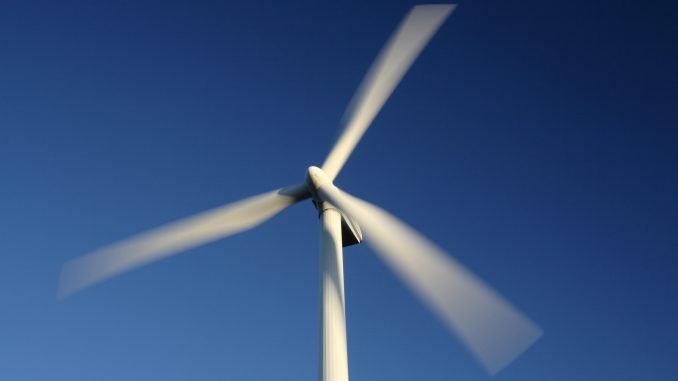
With the wind picking up and the sun shining, Lithuania’s electricity production exceeded final consumption for one hour on the 3 July afternoon, according to data from Litgrid, the operator of Lithuania’s electricity transmission system, the organisation’s press release says. Most of the electricity was generated by renewable energy plants at the time.
On 3 July at 14:00-15:00. Electricity production in Lithuania was 1354 MW, and final consumption was 1346 MW.
“Since the closure of the Ignalina Nuclear Power Plant, Lithuania has been importing most of its electricity, mainly from Scandinavia, but also from other Baltic countries,” says Rokas Masiulis, Litgrid’s CEO. – The renewable energy breakthrough of recent years is starting to change this situation, and we are now seeing the first signs that we will soon be generating more and more of our own electricity in sustainable, environmentally friendly ways. Despite an isolated test in April this year, the last time Lithuania’s hourly generation exceeded consumption was when the Ignalina nuclear power plant was still in operation on 31 December 2009.”
According to Litgrid’s data, on Monday, between 2 and 3 p.m., wind power plants generated 714 MW, solar 331 MW, and the Kruonis pumped storage plant 221 MW. In total, the local renewable power plants accounted for 82% of the consumption in that hour.
Over the whole day, the final consumption in Lithuania was 29.2 GWh, and electricity generation was 22.0 GWh or 75% of consumption. Renewable power plants operating in Lithuania alone accounted for 67% of consumption during the day.
Lithuania’s solar and wind capacity, including transmission and distribution grids, currently stands at 1,931 MW and accounts for almost half of the country’s total electricity generation capacity. Of this, wind power has a capacity of 1117 MW and solar 814 MW.
The country also has a further 227 MW of other renewable power plants (hydroelectric, biomass and biogas).
In June, Litgrid evaluated new applications from 35 developers of solar and wind power plants and storage facilities to connect to the transmission grid and reserved 2,945 MW of capacity for renewable energy projects.
In addition to the existing power plants and the new capacity reservation requests, Litgrid has already concluded Letters of Intent with developers with a total capacity of 3,700 MW of solar and 2,100 MW of wind. A further 1,400 MW is foreseen for two offshore wind farms to be auctioned this year.
“Litgrid estimates that in 2030 the consumption and export capacity of the Lithuanian electricity market will allow for at least 4,400 MW of solar and 5,000 MW of wind generation capacity to be connected, for a total of 9,400 MW, or about 5 times more than today. In the coming decades, electricity demand is projected to increase several times more.

Be the first to comment